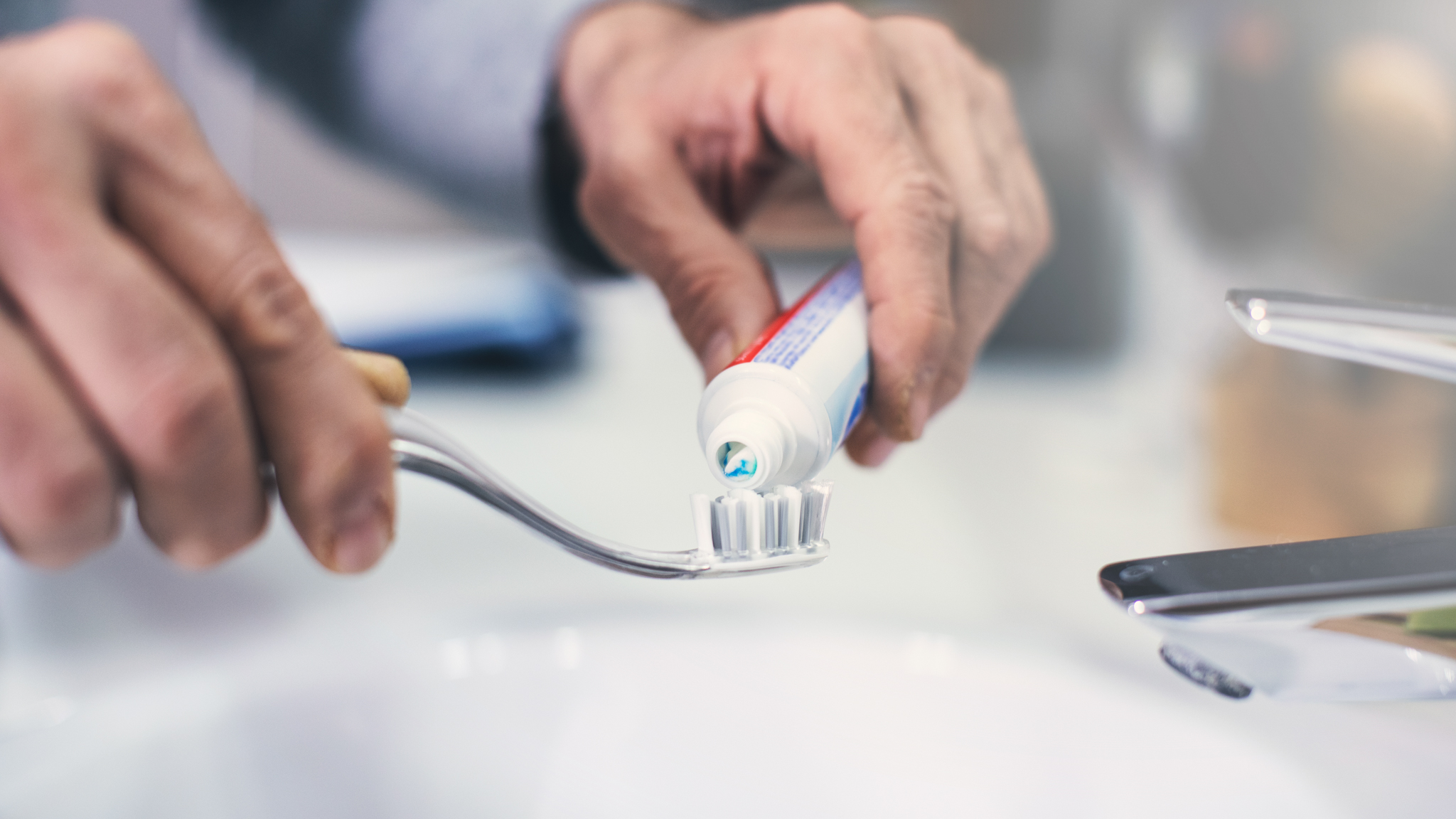
A 2012 study by a Sacramento State Nursing professor found that poor oral hygiene was a leading cause of life-threatening pneumonia in hospital patients. (iStock photo)
By Dixie Reid
A Sacramento State professor of Nursing was curious why 157,000 patients each year contract life-threatening pneumonia within 48 hours of being admitted to hospitals.
Dian Baker teamed with Barbara Quinn, a clinical nurse specialist at Sacramento’s Sutter General Hospital, in 2012 to launch a national incidence study. They discovered that poor oral care — improper or no brushing and flossing — is mostly to blame for non-ventilator hospital-acquired pneumonia (NV-HAP).
“We looked at the incidence of pneumonia, and found that it was significant,” said Baker, a registered nurse and Sac State professor since 2006.
Their work is getting widespread recognition, most recently winning the 2020 Award for Research Excellence from the Association of Professionals in Infection Control.
Baker also received other recognition, appearing on the American Nurses Association’s podcast “See You Now” to talk about preventing non-ventilator pneumonia. The podcast celebrates the World Health Organization’s 2020 International Year of the Nurse and Midwife with stories about innovation and health-centered solutions.
NV-HAP is underreported in the U.S. because hospitals are required to monitor ventilated patients who contract pneumonia, but not those who aren’t on ventilators.
The 2012 study was the first of its kind to focus on universal basic oral nursing care to prevent NV-HAP across the acute-care hospital system, Baker said. Nurses need clear protocols, correct equipment (including good-quality toothbrushes), and administrative support to fully implement the basic nursing care required to prevent pneumonia.
Now, six years after the study's findings were published in 2014 in the Journal of Nursing Scholarship, hospitals haven’t universally adopted the practices stemming from the research, but those that have are seeing significant results.
For instance, Sutter Medical Center found 115 adult cases of NV-HAP over a 12-month period, including the death of a 57-year-woman who was healthy and had no risk factors after routine surgery. An additional 22 patients died from pneumonia.
After Sutter implemented evidence-based oral care protocol, the incidence of NV-HAP per 100 patient days decreased nearly 40 percent, saving an estimated eight lives and averting 500 extra hospital days for patients. The initial cost savings from the avoided NV-HAP was $1.72 million over a year’s time, figures show.
The cost savings, minus the $117,600 spent on quality oral care supplies, found Sutter with a return-on-investment of $1.6 million.
“We have a history in healthcare of a 10- to 15-year delay from research to action," Baker said. "That’s one reason we are in partnership with the Centers for Disease Control and the Veterans Health Administration to launch a national work-study team that will come up with policies, research agendas, and actions that hospitals can have to address this problem.”
In hopes of hurrying adoption of the oral-care improvements, Baker said she and a colleague at the University of Massachusetts Amherst created a detailed toolkit to help hospitals implement new protocols, which more than 200 hospitals around the world so far have requested.
